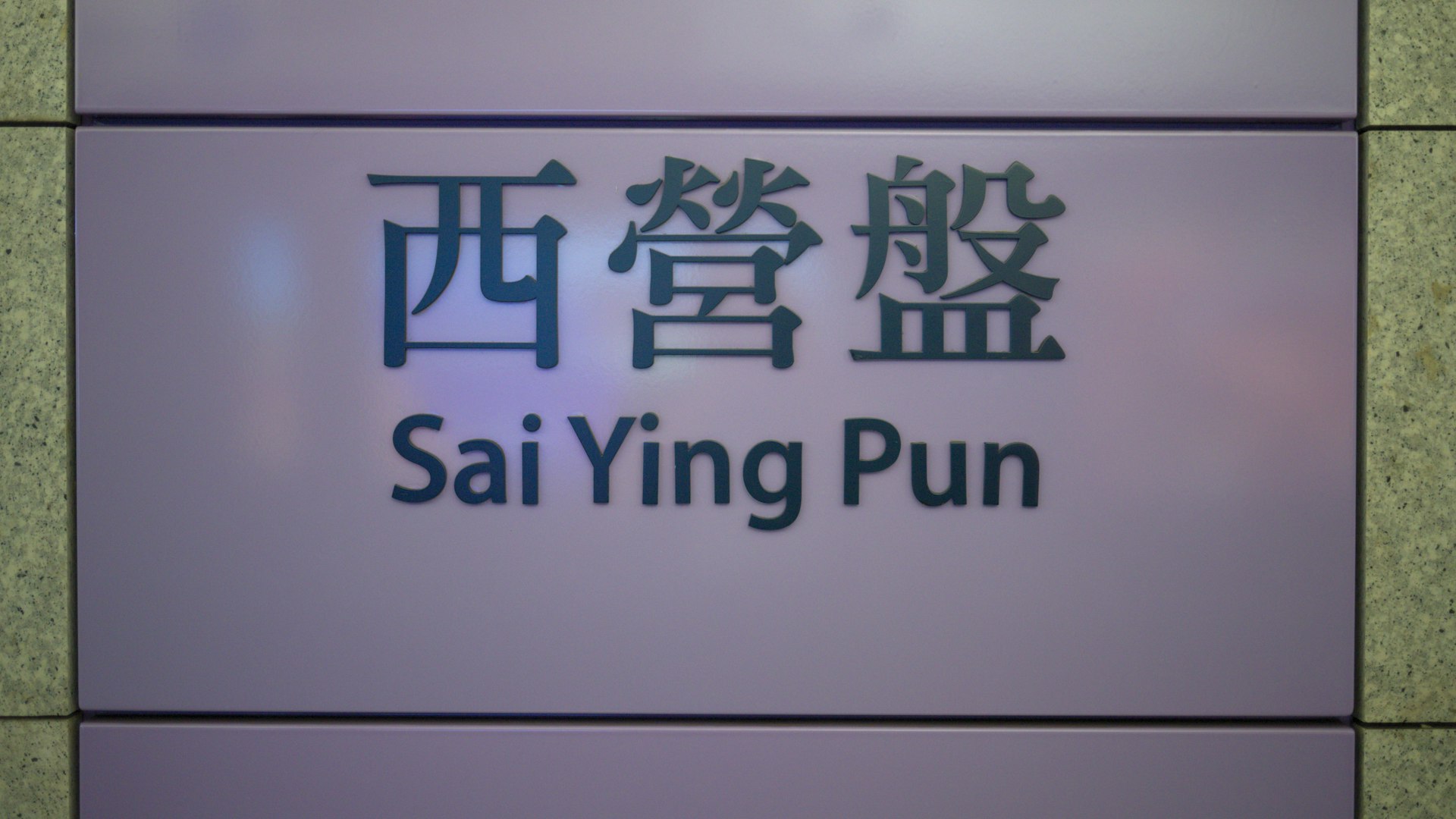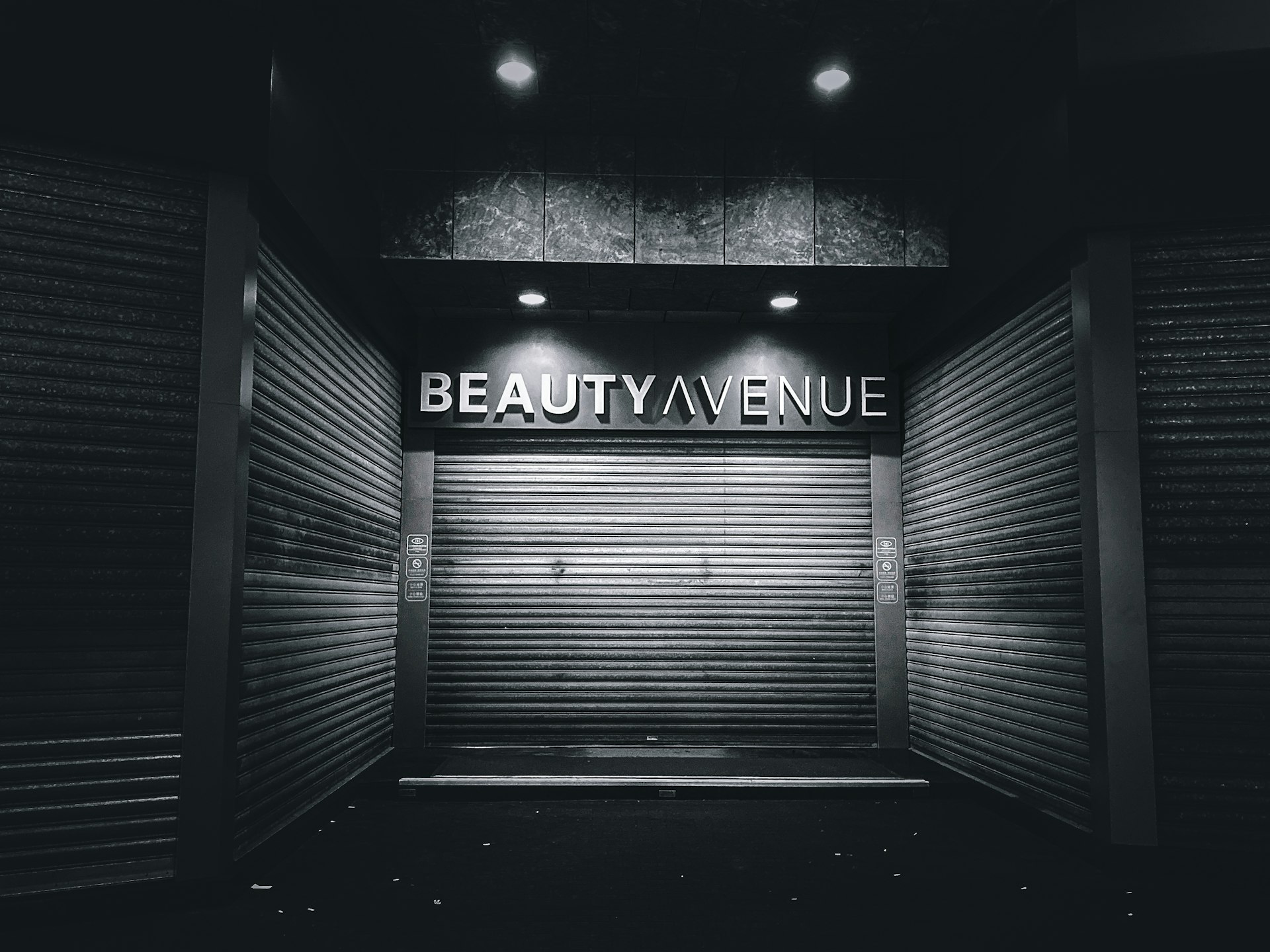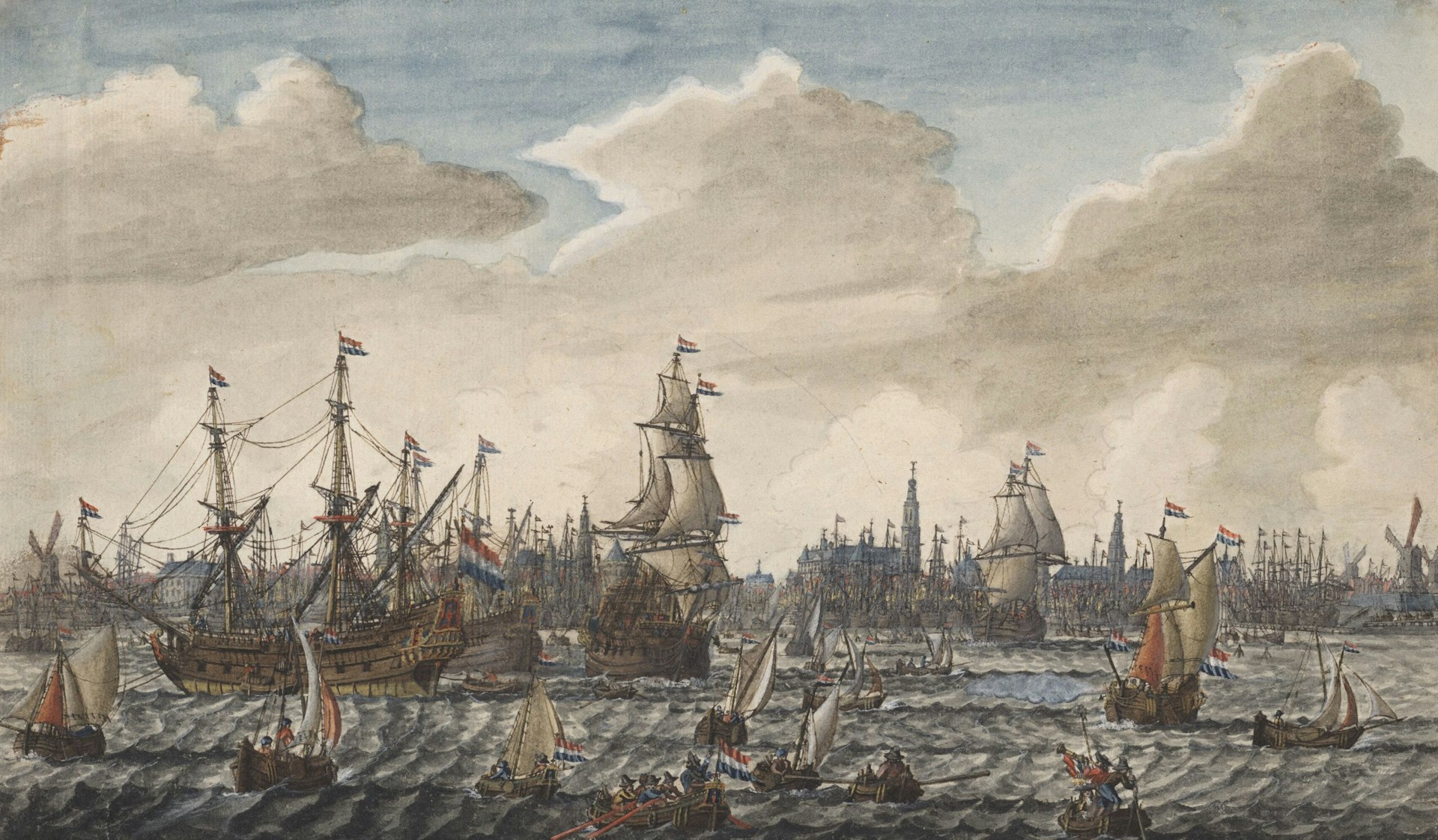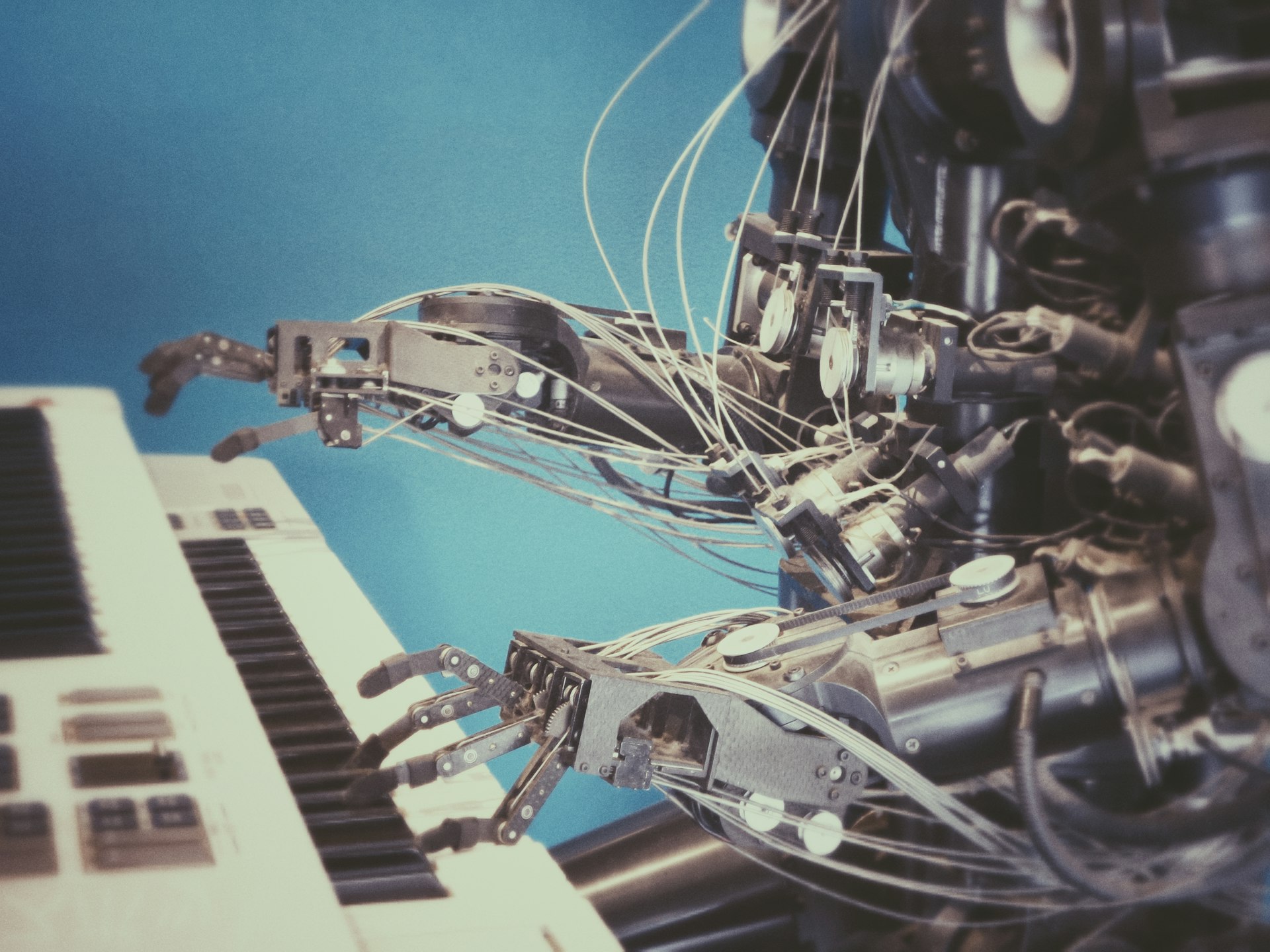A Complete Guide to the American Industrial Revolution: Transforming Society and Industry

Photo by British Library on Unsplash
Introduction: The Dawn of American Industrialization
The American Industrial Revolution marked a dramatic shift from an agrarian, handcraft-based economy to one defined by mechanized production, urbanization, and technological innovation. Beginning in the late 18th century and accelerating throughout the 19th and early 20th centuries, this era transformed every aspect of American life, laying the foundation for modern industry and society. Understanding its development, impact, and ongoing legacy offers valuable insights and practical pathways for further exploration and education.
The Two Phases of the American Industrial Revolution
The Industrial Revolution in the United States unfolded in two distinct phases. The First Industrial Revolution occurred from the late 18th century through the mid-19th century, introducing foundational changes in textile manufacturing, transportation, and communication. The Second Industrial Revolution advanced after the Civil War, characterized by accelerated growth in steel production, electrification, and mass manufacturing [4] .
Key Innovations and Inventions
Several groundbreaking inventions drove industrial progress:
- Steam Engine Improvements : James Watt’s enhanced steam engine (patented in 1769) powered factories and transportation [2] .
- Textile Machinery : Samuel Slater imported British textile technology, opening the first U.S. cotton mill in Massachusetts in 1790 [3] .
- Cotton Gin : Eli Whitney’s 1793 invention revolutionized cotton processing, making it a staple crop and fueling industrial growth [3] .
- Telegraph : Samuel Morse’s 1844 telegraph enabled rapid long-distance communication, vital for economic expansion [3] .
- Bessemer Steel Process : Introduced in 1856, this process allowed mass production of affordable steel, essential for railroads and construction [3] .
- Model T Automobile : Ford’s 1908 assembly line production made automobiles accessible to millions [1] .
Social and Economic Transformation
Industrialization spurred urbanization as Americans moved from rural areas to cities seeking factory work. This migration transformed social structures, labor markets, and lifestyles. Wages, working conditions, and the rise of labor unions became central issues [4] .
Key impacts included:

Photo by Museums Victoria on Unsplash
- Urban Growth : Rapid population increases in cities led to new infrastructure, housing developments, and public services.
- Labor Shifts : Transition from agricultural to factory work resulted in both new job opportunities and challenges, such as child labor and worker safety concerns.
- Legislation : The push for labor laws culminated in early 20th-century reforms, including Supreme Court cases and congressional acts addressing child labor [1] .
Real-World Example: The Lowell System
One of the best examples of industrial innovation and its social impact is the Lowell System in Massachusetts. Textile mills employed young women in organized work environments, providing wages and education. This model influenced labor practices and helped shape the American workforce [3] .
How to Access Historical and Educational Resources
Those interested in learning more or accessing educational opportunities related to the American Industrial Revolution can pursue several pathways:
- Visit Museums and Historical Sites : Many U.S. cities host museums dedicated to industrial history, such as the Smithsonian National Museum of American History. To find a local museum, search for “industrial history museum” plus your city or state.
- Explore Verified Online Resources : For timelines and primary sources, reputable sites include History of Massachusetts [1] and Encyclopaedia Britannica [2] .
- Enroll in Educational Programs : Many universities offer courses in American history, industrialization, and economics. If seeking formal education, search for “Industrial Revolution courses” or “American history programs” at accredited institutions.
- Government and Academic Resources : To access government reports or data, visit official websites such as the U.S. Department of Labor or the Library of Congress. Use search terms like “Industrial Revolution archives” or “labor history statistics.”
- Community Education : Local libraries and historical societies often host talks, exhibits, or workshops. Contact your local library for upcoming events or recommended reading lists.
Step-by-Step Guidance for Further Research
To deepen your understanding or pursue career and educational opportunities related to the American Industrial Revolution, consider these steps:
- Identify your specific area of interest, such as technological innovation, labor history, or social impact.
- Use authoritative sources like Britannica [5] for foundational overviews and verified data.
- Contact local museums or universities for information on courses, internships, or volunteer opportunities.
- Review government and academic publications for the latest research and statistics. Search official agency websites using keywords like “industrialization trends” or “economic impact of industrial revolution.”
- Participate in community events or online forums to connect with experts and enthusiasts in the field.
Challenges and Solutions in Studying Industrial History
While the American Industrial Revolution offers a rich field of study, researchers may encounter challenges such as access to primary sources, outdated information, or conflicting interpretations. Solutions include consulting multiple reputable sources, using library databases, and attending academic conferences. For students, requesting guidance from instructors or librarians can streamline research and ensure accuracy.
Alternative Approaches for Engaging with Industrial Revolution History
If direct access to museum collections or university programs is limited, consider:
- Using digital archives and online courses from platforms like Coursera or edX (search for “Industrial Revolution” courses).
- Joining virtual museum tours or attending webinars hosted by historical societies.
- Engaging with local community history projects or oral history initiatives.
These alternatives make learning accessible regardless of location or resources.
Key Takeaways
The American Industrial Revolution was a complex era of transformation, innovation, and social change. It continues to influence modern industry, education, and society. By leveraging verified resources, engaging with educational programs, and exploring local and online opportunities, anyone can gain practical insights and contribute to ongoing research and understanding.
References
- [1] History of Massachusetts (2023). Industrial Revolution Timeline and Major Events.
- [2] Encyclopaedia Britannica (2024). Timeline of the Industrial Revolution.
- [3] Study.com (2024). Industrial Revolution in America: History, Timeline & Impact.
- [4] Wikipedia (2024). Industrial Revolution in the United States.
- [5] Encyclopaedia Britannica (2024). Industrial Revolution: History and Overview.
MORE FROM resultsdiscount.com













